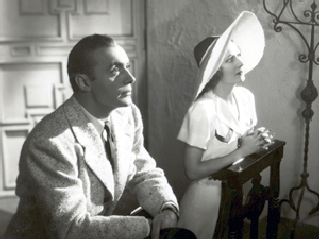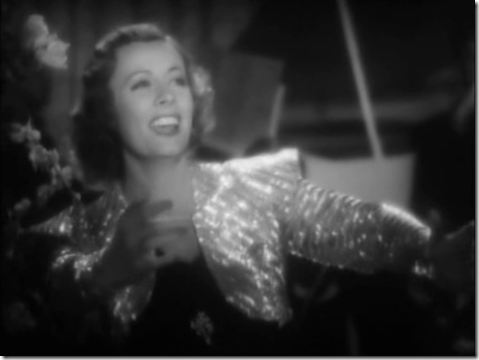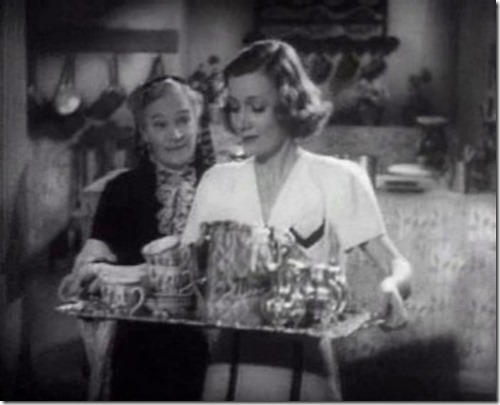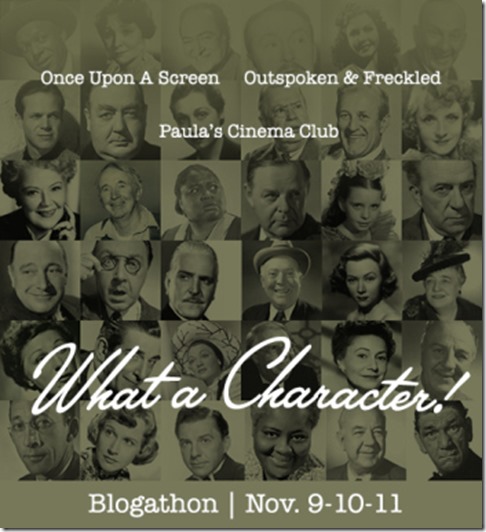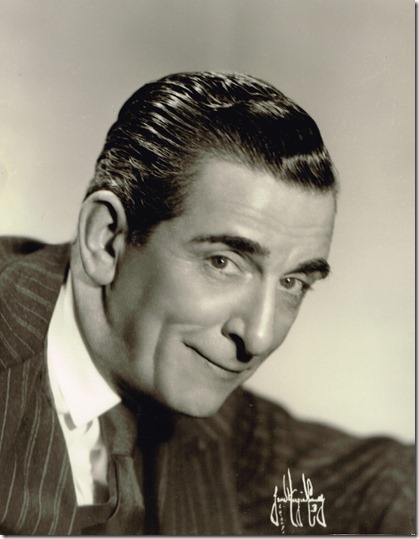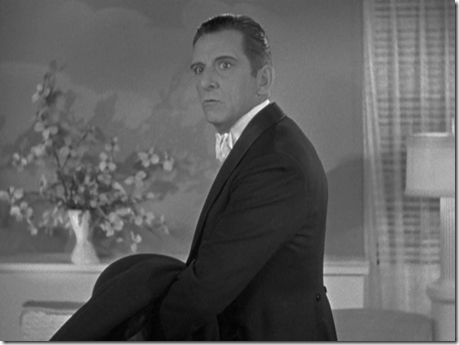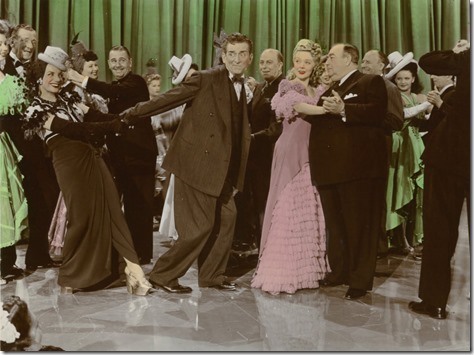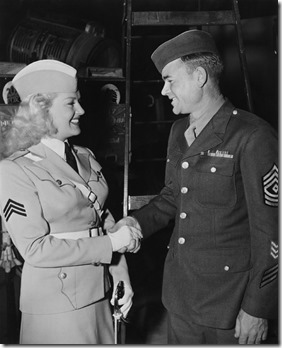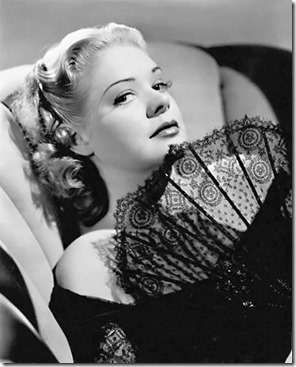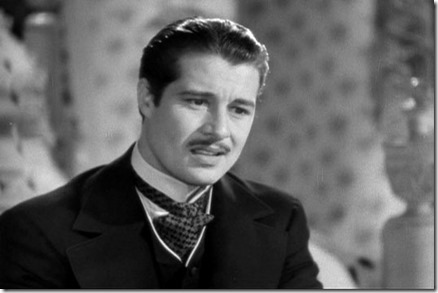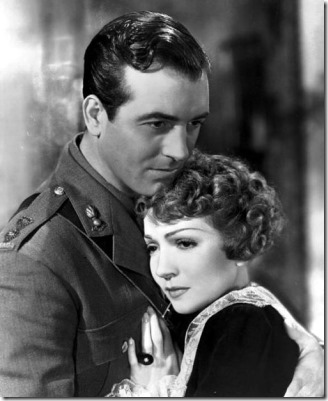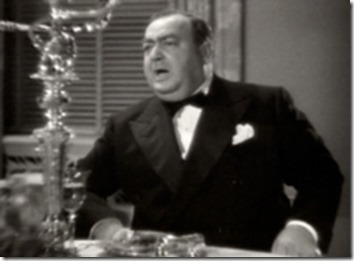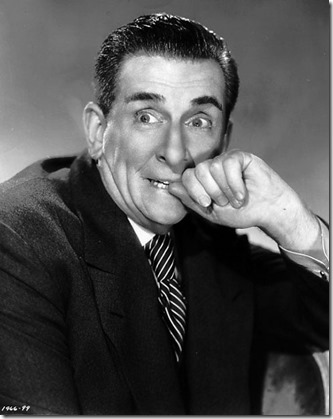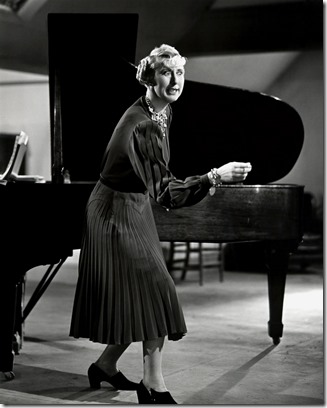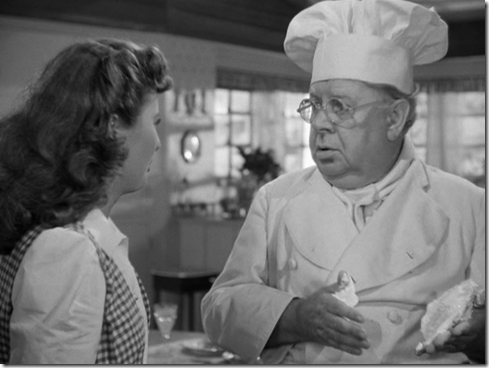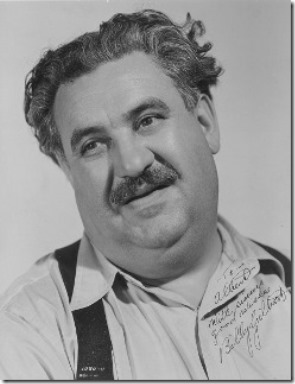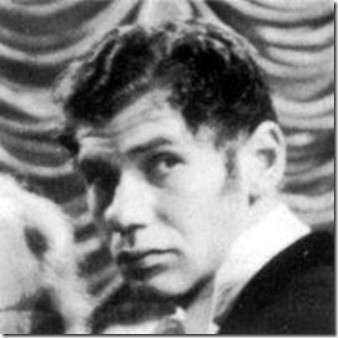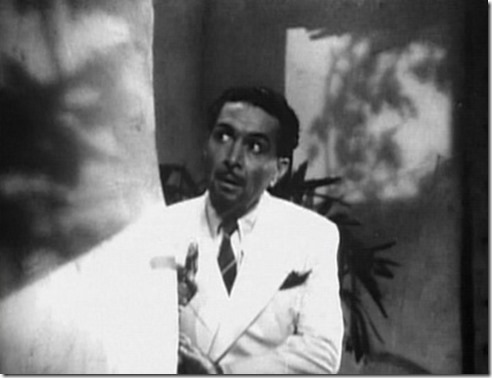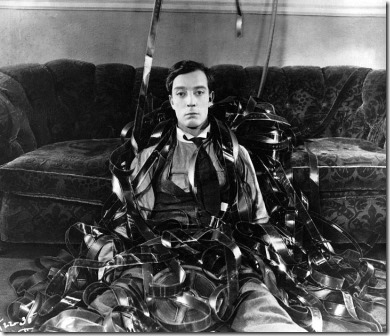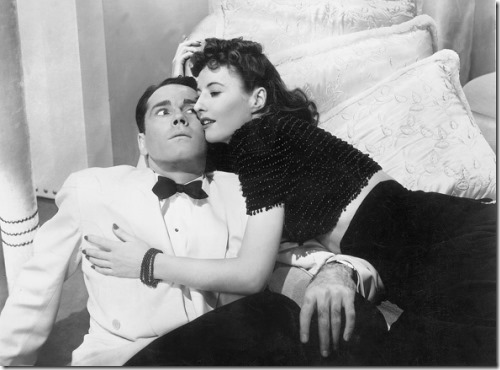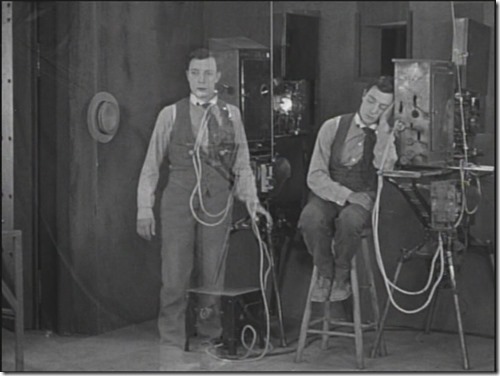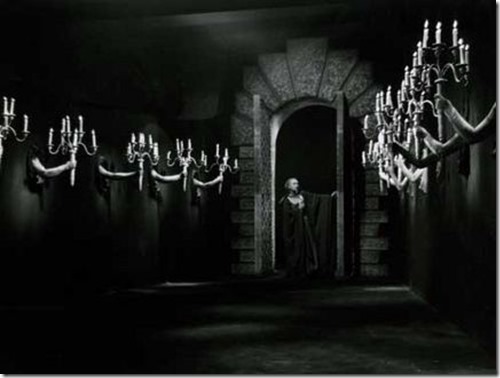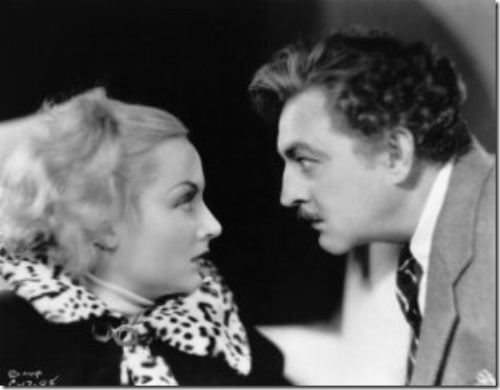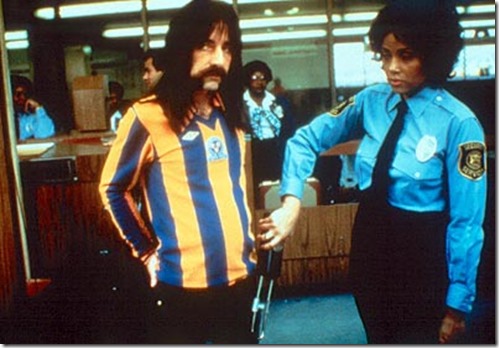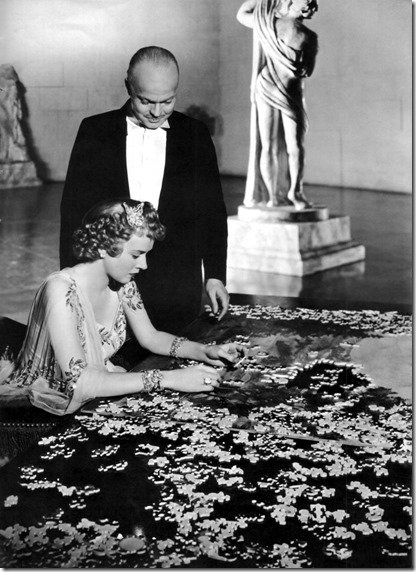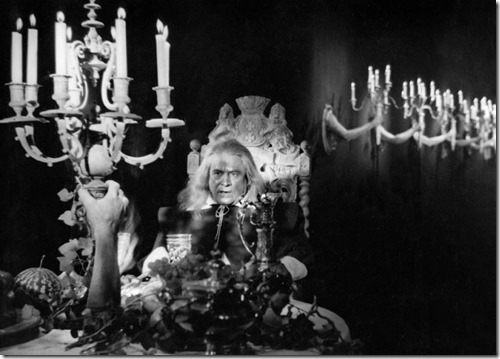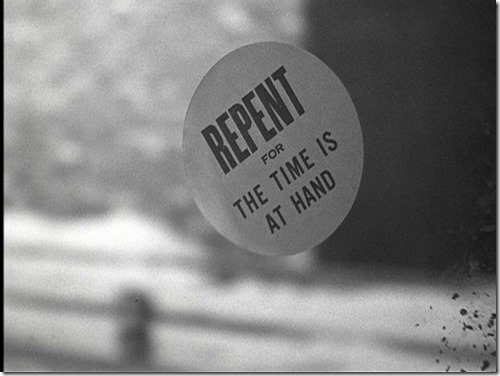Despite the late night Wednesday, I was up early (sans Wife – “I can’t take it; you’re the one who loves W.C. Fields. I need coffee and sleep”) for
It’s a Gift
a personal favorite filled with vaguely-connected comic set pieces, though I’d argue the character study (if you insist on those terms) aspect of it holds the whole thing together remarkably well.
It would be easy to list favorite lines and moments (“Vegetable man? Vegetable gentleman?”), but let it suffice to say that everyone in this particular audience came into the room with a clear notion of how to spell “Carl LaFong.” Some laughs were even smaller than they deserved to be because most everyone knew there was a better, weirder follow-up line mumbled underneath it that they wanted very much to hear and give its due. It was precisely the right way to see something like this.
Also, having had no opportunities to see a Fields movie with a sizeable audience, I recommend anyone who finds his work too strident or uncomfortable or angry to see something this way. Nothing releases the tension and accepts the Daily Truth of situations like these than the therapeutic laughter of mass recognition.
(It’s doubtful that any TCM programmers are reading this, but if there’s a screening of Million Dollar Legs next cruise, at the very least the couple behind me who shared their buffet cookie and I will be there.)
Then meet The Wife and it was off to
Mildred Pierce
which I haven’t seen in at least twenty years and she had never seen in one complete sitting. It was preceded by a few anecdotes from Ann Blyth, which made her a bit weepy (The Wife, not Ann). As I said before, my big takeaway from this one is that I’ll have to un-discount Jack Carson. Dammit.
Though I’ll add that I think this would be a terrific introduction for a classic film neophyte. The story is so clear and so straightforward but told so stylishly, and the performances are so much of their time – heightened, melodramatic, but grounded – that you’ll know by the end whether or not this “old movie” mishegoss is the sort of thing for you.
A special note: this was our first Eve Arden sighting of the cruise, never unwelcome. Rare in a film of that era that two sympathetic characters who are businesswomen who like each other just fine sit down for a nice glass of straight bourbon, neat.
After, a quick trip to the poolside pizza bar before
The Music Man
which we’ve each seen no less than precisely three gajillion times and been involved in productions of and just watched on blu ray with a group of friends a couple of weeks before and still couldn’t wait. This was one of my first loves, this movie, and along with Jim Dale in Pete’s Dragon probably sparked my interest in the ne’er-do-well distant-period confidence man type, from then to now.
But never on the big screen. So much lovely detail. While The Wife drooled longingly at the costume designs, I kept getting (happily) distracted by little things in the corners that even after all these years I’d never noticed. The Paroo household has a collection of Edison wax cylinders I hadn’t ever seen, and now I’m going to have to do some pausing, because I think I could read the title on half of them if I had the time.
Shirley Jones opened with some anecdotes about Sinatra not being in this movie, which…I think he would have been a splendid Billy Bigelow had his marriage been on different footing and all, but The Music Man belongs solidly to Robert Preston and it’s good to hear Willson had the good sense to fight for him.
We had planned to see Out of the Past, but time was tight so we had lovely dinner (fully and properly dressed for the Night of Noir festivities) and after a bit of mercifully non-Bedford Falls High-like dancing atop the pool, we snuck out for
Dr. Jekyll and Mr. Hyde
the 1920 John Barrymore version, masterfully accompanied by the Mont Alto Motion Picture Orchestra, the members of whom are, if I may say, good at what they do. We had the good fortune to run into Rodney Sauer and his wife at the pool the next day (and of having a friendly Louisville, KY vs. Louisville, CO dance-off with them on Saturday night, but that’s a…you…you had to be there. We tip our hats to your flying spats) so we got to say this in person, which is another lovely thing about this cruise: the people doing this fine work are trapped at sea with you and have no choice but to listen to you tell them how good they are at their jobs ad infinitum. Poor saps.
 I’m told this was the oldest film yet screened on a TCM Cruise, but it still works. I spent a big chunk of my spring watching John Barrymore performances for – it’s a long story, but it involves my seeking inspiration from (pronounced “stealing”) some of his mannerisms and his sense of self-parody for Nick Bottom in a production of A Midsummer Night’s Dream, so I had watched this again not long ago. I was not unhappy to watch it again.
I’m told this was the oldest film yet screened on a TCM Cruise, but it still works. I spent a big chunk of my spring watching John Barrymore performances for – it’s a long story, but it involves my seeking inspiration from (pronounced “stealing”) some of his mannerisms and his sense of self-parody for Nick Bottom in a production of A Midsummer Night’s Dream, so I had watched this again not long ago. I was not unhappy to watch it again.
(And again, though no TCM Cruise programmers are likely to see this, I could happily have forced myself to sit through 3 or 4 accompanied silents last week. Happily.)
There was more dancing/drinking at the second half of Noir Night after that, but not much because our brains and bodies hurt and there were still two more days of this to survive, these two people in love, hurtling over a body of water in a vessel over which they had no control – reminds me of another movie…maybe tomorrow.
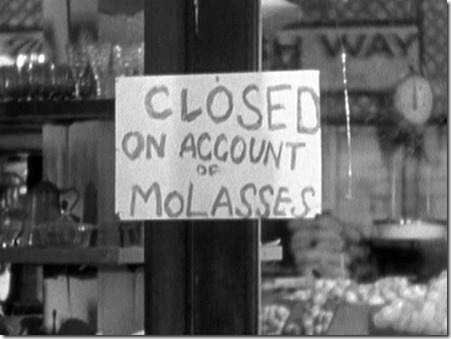

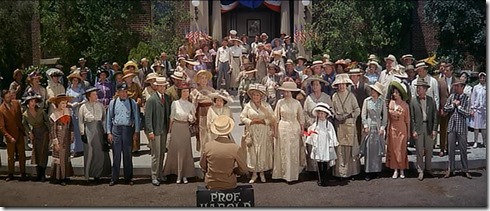
 A little introduction from Ben beforehand about Bernard Hermann’s love of this score and Ben’s his great-uncle’s lovely weird spectral romance included a list of as many movies with “ghost” in the title that he could come up with and his observation that they were all either comedy or horror and this was the only romance he could think of. (I was tempted to ask “What about Ghost?” but I’m not that much of a jerk.)
A little introduction from Ben beforehand about Bernard Hermann’s love of this score and Ben’s his great-uncle’s lovely weird spectral romance included a list of as many movies with “ghost” in the title that he could come up with and his observation that they were all either comedy or horror and this was the only romance he could think of. (I was tempted to ask “What about Ghost?” but I’m not that much of a jerk.) (That one was preceded by a fun little Bruce Goldstein montage of some of the wildly varied character actor faces from the Sturges stable and beyond. Nice to be in an audience where Frank McHugh gets some applause recognition.)
(That one was preceded by a fun little Bruce Goldstein montage of some of the wildly varied character actor faces from the Sturges stable and beyond. Nice to be in an audience where Frank McHugh gets some applause recognition.)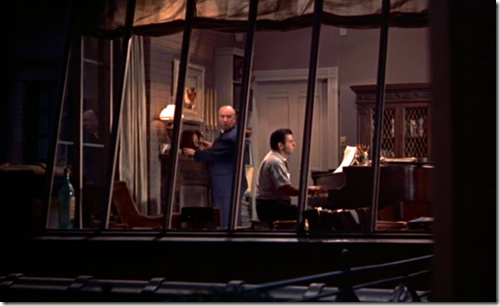




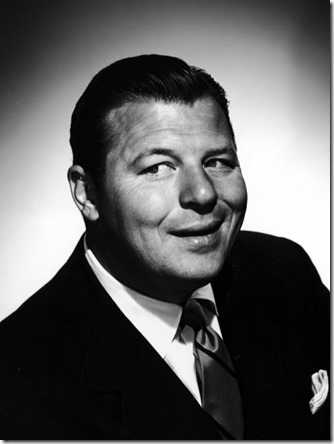
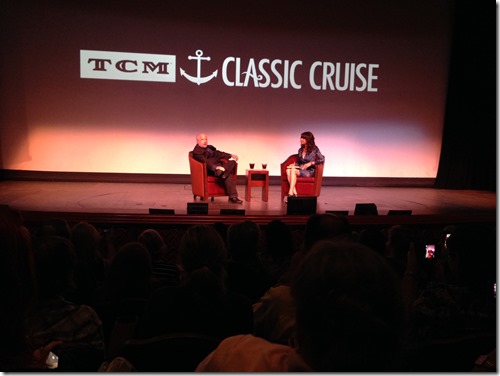
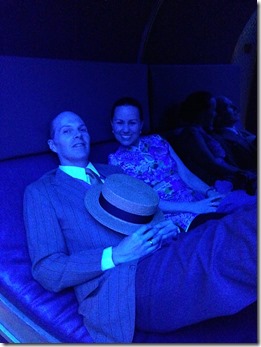
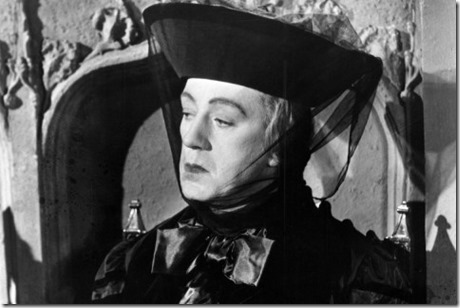
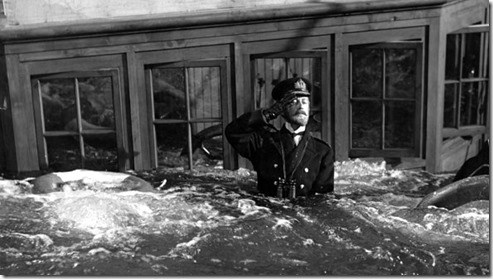
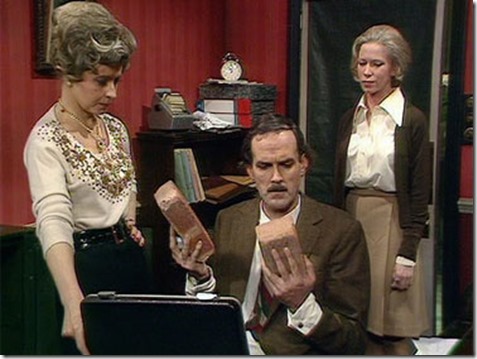
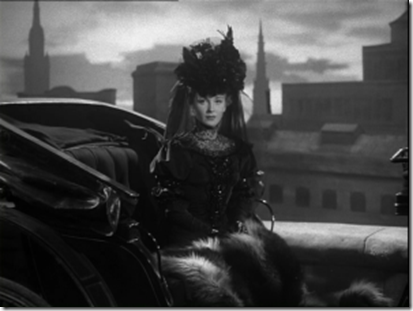
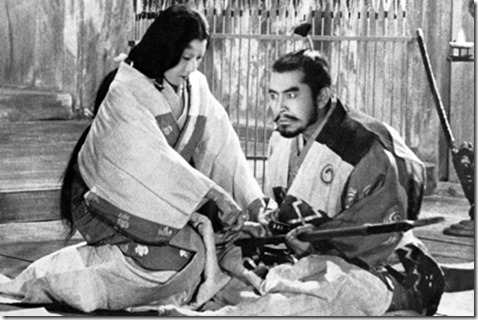

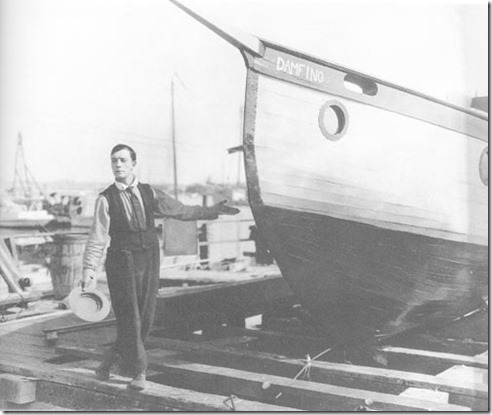

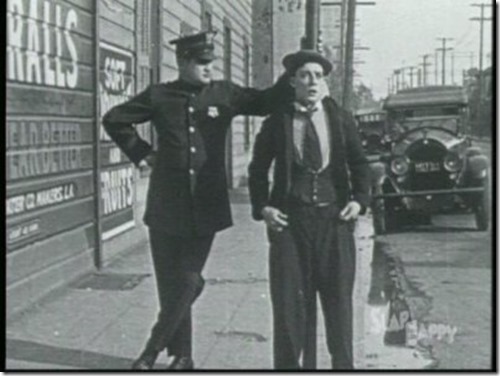
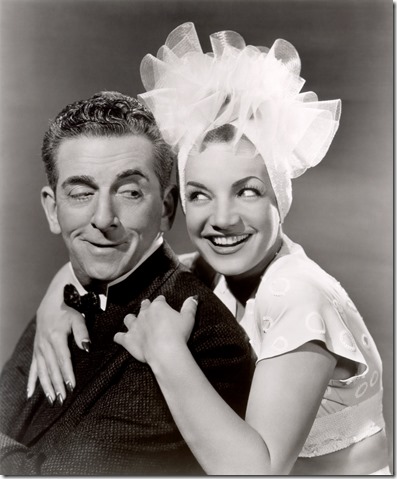
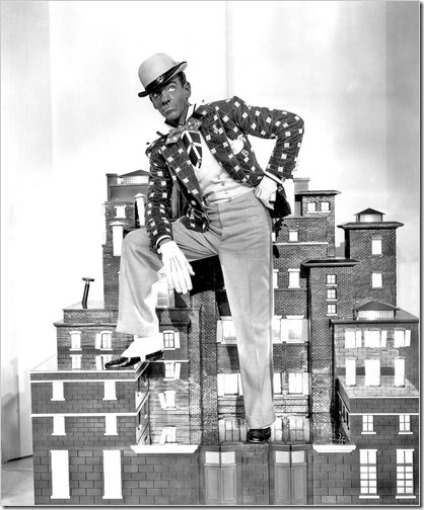

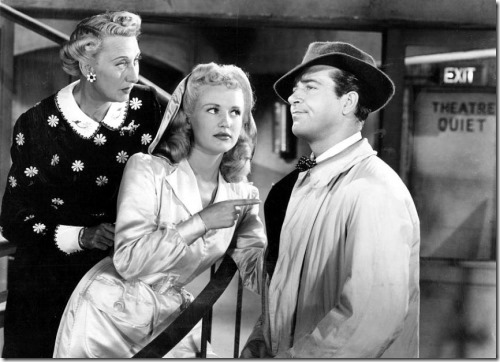
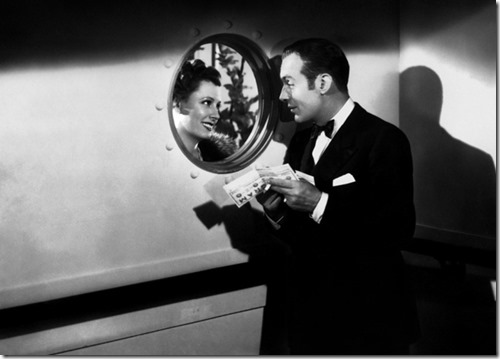
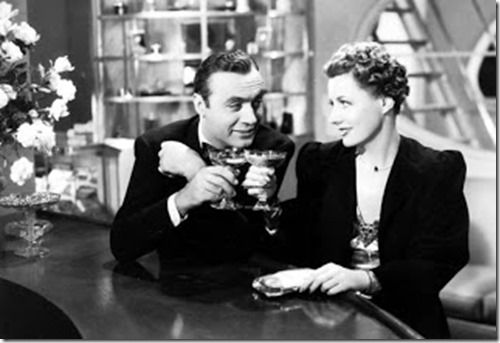 Love Affair
Love Affair